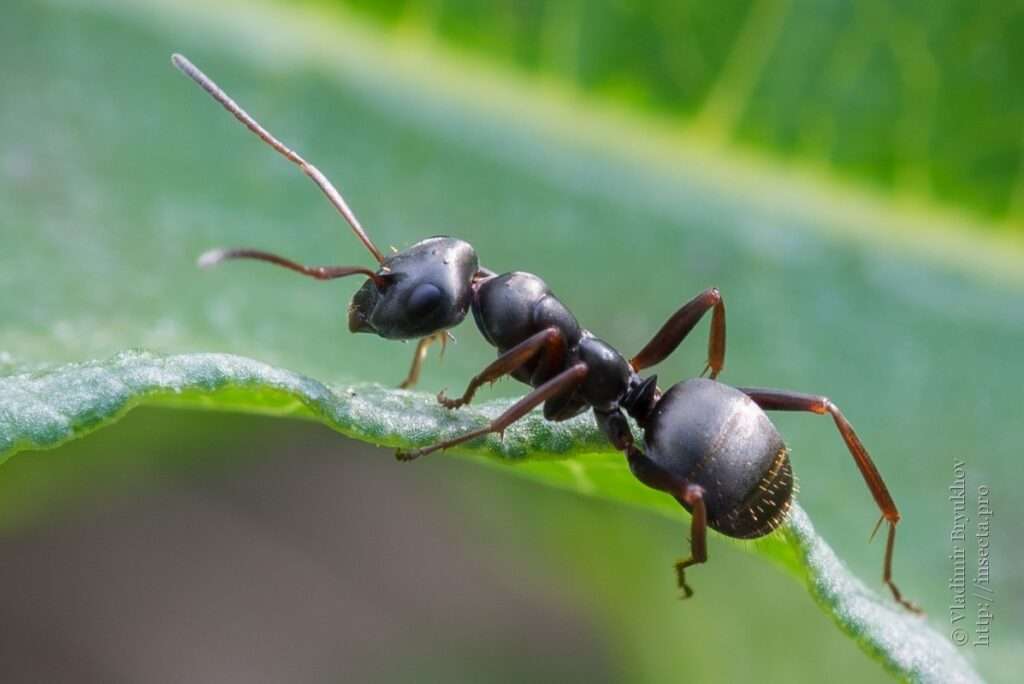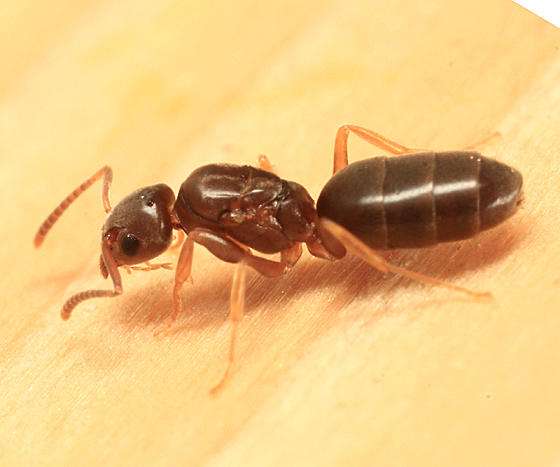
One of the simpler Formica species to maintain is Formica fusca. You must be conscious of some things, such as their stress level. Because they are sensitive to vibration and light, it is better to leave these ants alone.
Food
Food preferences are not particularly strong in Formica fusca. They mostly consume fruit-derived sugars, sugar water, and ant jellies. They thrive on fruit flies, mealworms, crickets, and other tiny insects as a source of protein. Once the colony gets bigger, protein is frequently accepted.
If you give wild insects to pets, sanitize them by freezing or boiling them first. By skipping this step, you risk infecting your colony with mites.
Humidity
A relatively damp nest is required by Formica fusca. Maintaining the ideal humidity for these ants shouldn’t be an issue if you hydrate the nest frequently (once or twice a week). When ants are in a nest, always make sure they have access to an external water supply, such as a test tube.
Temperature
Formica fusca does not require heating in terms of temperature. It is more than OK to keep them at room temperature. Although not necessary, heating these ants will hasten the development of the brood.
Hibernation
Formica fusca has a rigorous diapause rather than hibernating. Keeping these ants at a temperature of 5 to 10 degrees from November through March substantially benefits them and encourages the generation of new eggs following hibernation.
Sting/Bite
Neither these ants sting nor bite. When startled, they can become aggressive and scurry all over the nest, test tube, or outside environment. It is best to keep these ants as quiet as possible.

Identification
Legs are brownish-black. With the exception of one or two sporadic weak pronotal hairs, the gula, occiput, mid-femora, and promesonotum lack standing hairs. Gastric pubescent hairs that are longer than the distance between them. Fine microsculpture on the frons. : 4.5-7.0 mm in length.
The metasternal lobe normally has erect hairs surrounding the metasternal cavity and is missing or very weakly formed. It is uniformly black and has a lot of repressed pilosity. There are only a few coarse, erect hairs on the first tergite of the gaster (apart from the posterior margin), and there are none on the underside of the head.
Ecology
F.fusca feeds on extrafloral nectaries, codling moth larvae, and aphid honeydew, among other small insects.
As a result of F. fusca using both its metapleural gland and the antibiotic qualities of its formic acid, workers have been shown to have extremely high resistance to several diseases.
Table





